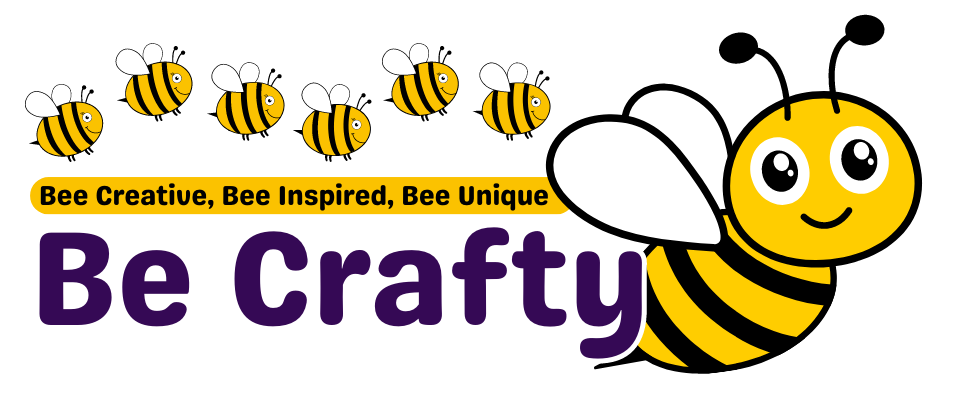Immersing oneself into the world of crafts is not only a fun and creative endeavor but also a doorway to understanding different cultures and their histories. One of the best times to dive into this is during holidays when cultural celebrations are at their peak. Here, we explore holiday crafts from around the globe that offer both educational benefits and cultural insights.
One of the most recognized holiday crafts worldwide is the Christmas Ornament. Originating in Germany in the 16th century, these decorations were initially made of apples and nuts. The tradition evolved with the introduction of glass-blowing, leading to the creation of glass ornaments. This activity can be a great way for kids to learn about the history and evolution of Christmas ornaments while honing their artistic skills.
In Mexico, Posada Lanterns or farolitos are a significant part of Christmas Eve celebrations. Children make these lanterns out of colorful paper bags, cut out designs, and place a candle inside to light up the night as they reenact Mary and Joseph’s search for an inn. This craft activity introduces children to Mexican culture and the story behind the tradition.
Moving over to India, Rangoli is a vibrant art form created on floors using colored rice, dry flour, or flower petals during Diwali – the festival of lights. Kids can engage in making these beautiful patterns while learning about symmetry and design. It’s also an excellent opportunity to teach them about Hindu mythology and traditions.
In China, during the Lunar New Year, red Paper Lanterns are often made and displayed to bring good luck for the upcoming year. The process involves folding and cutting red paper in intricate patterns – a great exercise for improving children’s fine motor skills.
The Jewish holiday Hanukkah brings with it the tradition of making a Dreidel, a four-sided spinning top with Hebrew letters on each side. Crafting a Dreidel provides an engaging way for children to learn about Jewish history and traditions.
In Russia, during Maslenitsa (Butter Week), families create Maslenitsa Dolls out of straw and old women’s clothing. This craft activity can help children understand the Russian culture’s pre-Lenten traditions while teaching them about recycling materials.
Lastly, in Japan, Children’s Day (Kodomo no Hi) is celebrated by flying Koinobori, carp-shaped wind socks. Creating these colorful fish kites can be a fun way for kids to learn about Japanese traditions while exploring aerodynamics.
These craft activities do more than just keep children engaged; they serve as educational tools that open up dialogues about different cultures, histories, and traditions. They also help develop various skills such as fine motor skills, creativity, problem-solving, and understanding of colors and shapes.
So next time a holiday rolls around, consider incorporating these craft activities into your celebration. Not only will you have fun creating something beautiful, but you’ll also be educating yourself and your children about the rich tapestry of world cultures.


